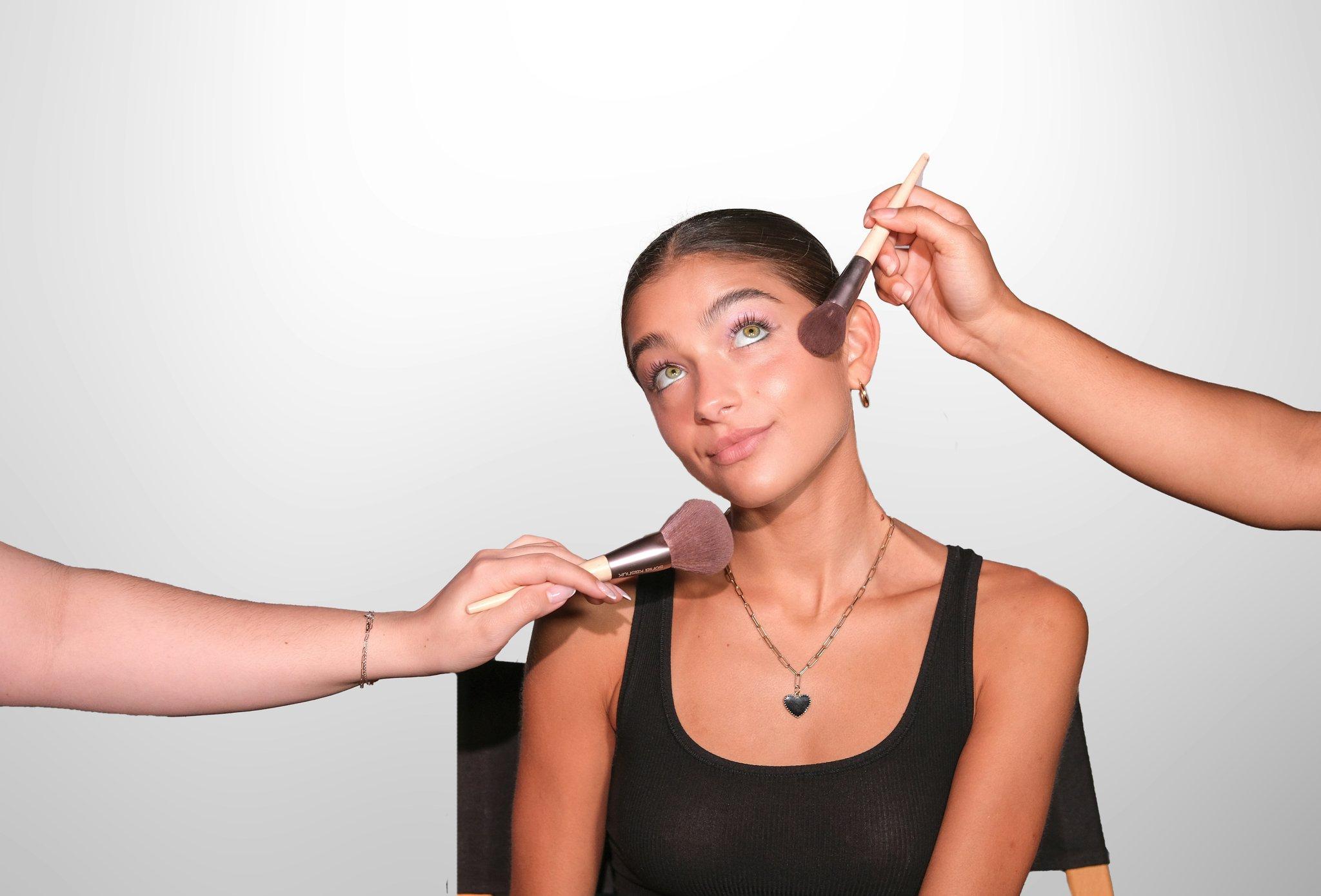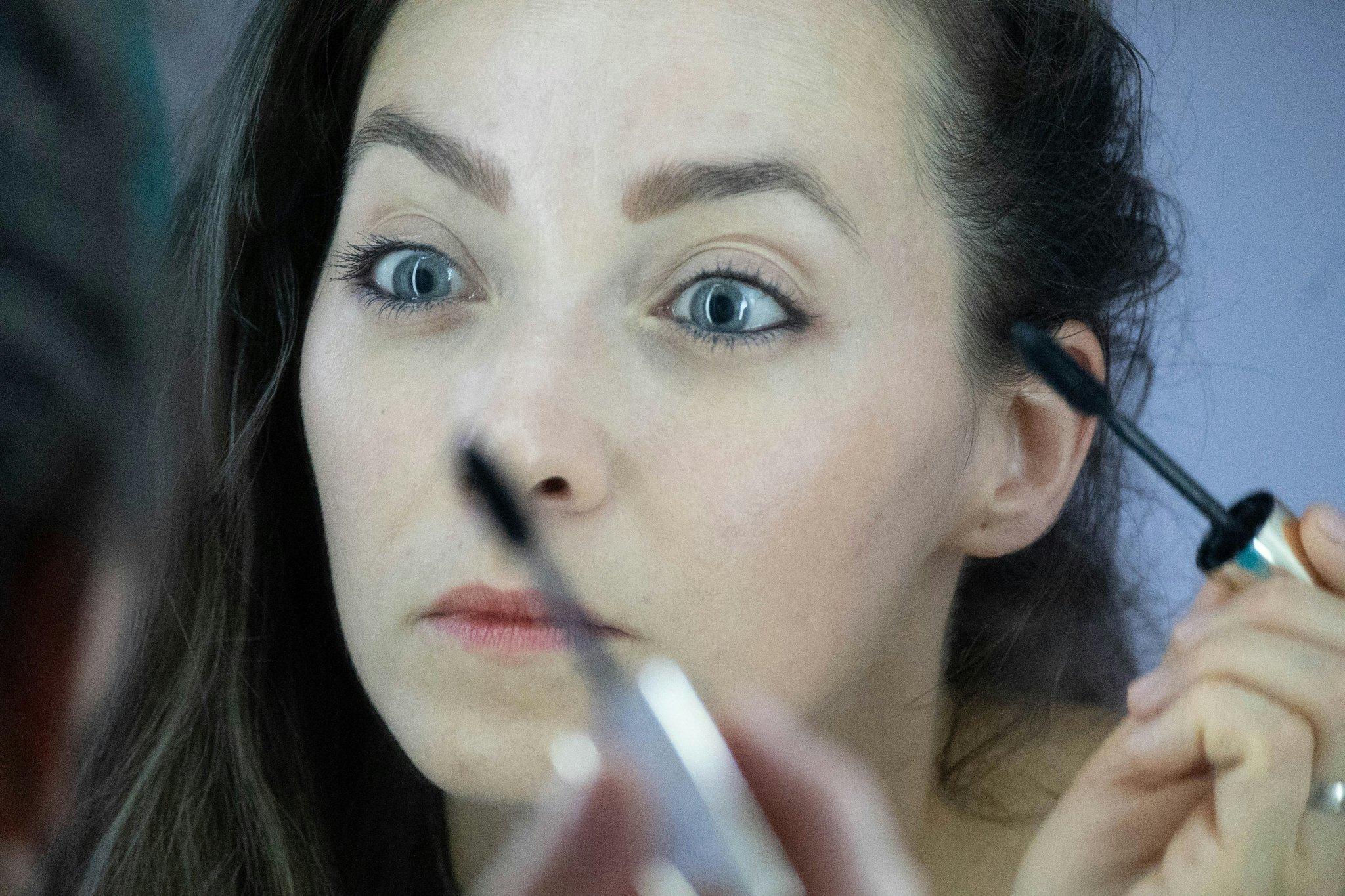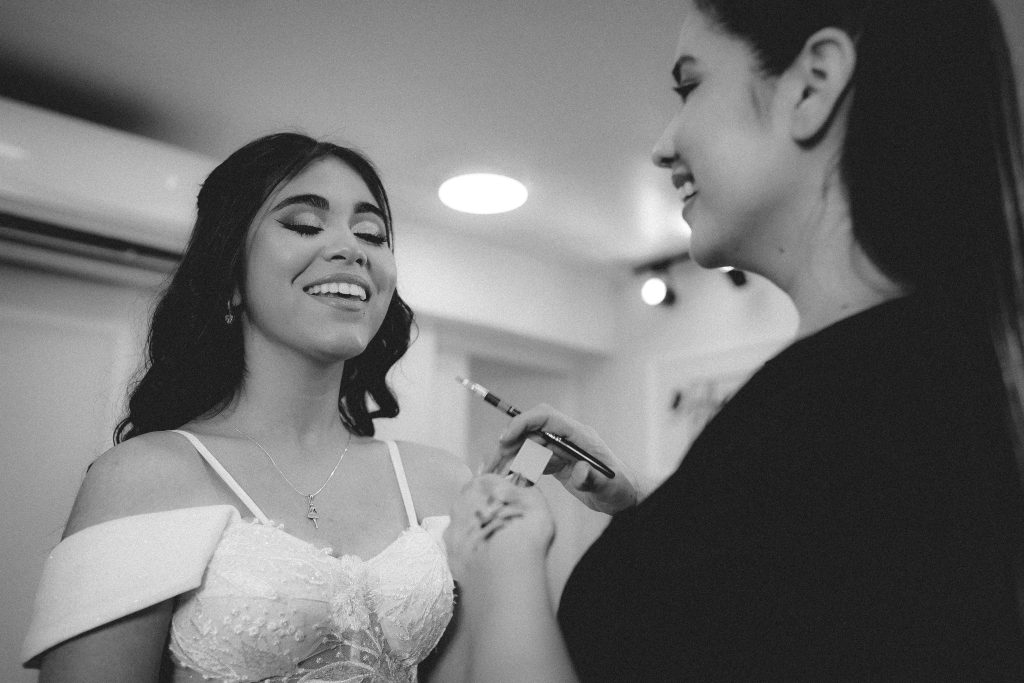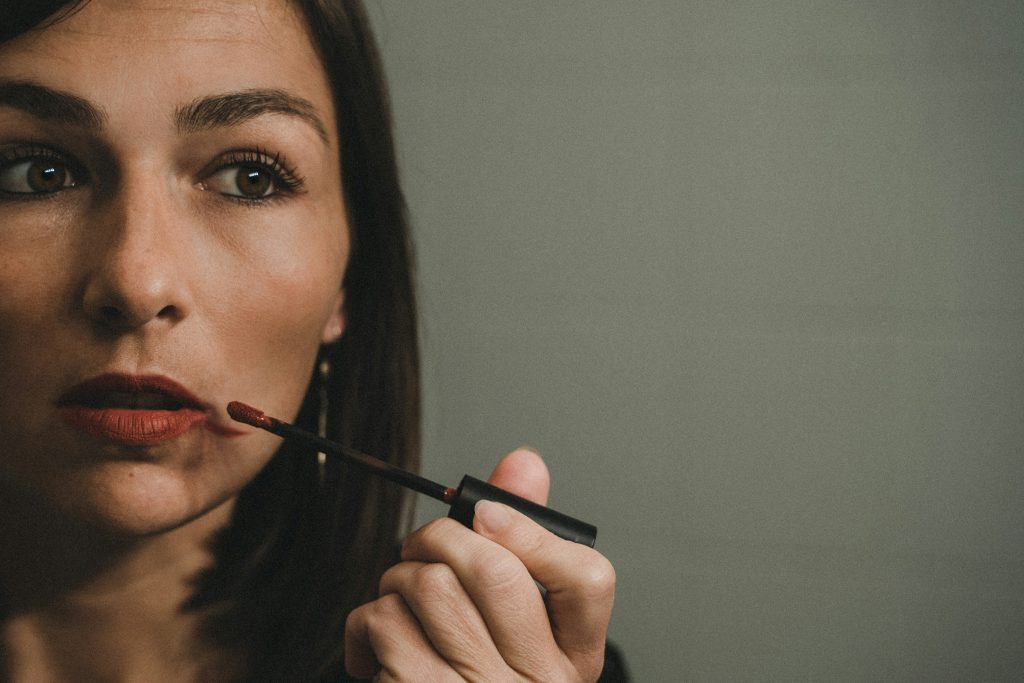Ever stared at your makeup kit, overwhelmed by how to translate its potential into art? You’re not alone. Thousands of aspiring artists struggle to turn passion into profit because they lack proper makeup artist training. But here’s the good news—this blog is your blueprint to becoming the Picasso of palettes.
In this ultimate guide, you’ll learn how to master makeup artist training, discover step-by-step techniques that pros swear by, and uncover tips guaranteed to elevate your artistry game. Plus, we’ll sprinkle in some juicy insider secrets (and maybe even rant about overpriced brushes).
Let’s get started.
Table of Contents
- The Importance of Makeup Artist Training
- Step-by-Step Guide to Improving Your Skills
- Must-Know Tips for Aspiring Artists
- Success Stories from the Field
- Frequently Asked Questions
Key Takeaways
- Investing in professional makeup artist training accelerates skill development and credibility.
- Practice foundational techniques before exploring advanced styles.
- Networking and continuous learning are non-negotiables in the beauty industry.
- Avoid shortcuts like relying solely on social media tutorials without understanding theory.
Why Is Makeup Artist Training Essential?
Before we dive into the nitty-gritty, let me confess something embarrassing: early in my career, I attempted contouring on a client using YouTube as my only teacher. Spoiler alert—it looked more like tribal war paint than a Kardashian glow-up. The lesson? Without structured makeup artist training, mistakes happen. Big ones.
“Optimist You:” “But I can learn everything online!”
“Grumpy Me:” “Sure, but do you really want your clients walking out looking like they survived an apocalypse?”

Infographic Suggestion: A bar graph showing the difference in success rates between self-taught vs certified makeup artists.
The reality is, formal training programs provide you with technical expertise, hands-on experience, and certification—a trifecta that boosts confidence and bookings. Plus, who doesn’t love flexing those shiny credentials?
How to Master Makeup Artist Training: A Step-by-Step Guide
Whether you’re a beginner or brushing up (pun intended), follow these steps:
Step 1: Enroll in a Reputable Course
Start with accredited courses tailored to your goals. From bridal makeup to editorial looks, choose wisely.
Step 2: Perfect Your Basics
Foundation application, blending, and color theory aren’t glamorous—but they’re crucial. Practice until it becomes muscle memory.
Step 3: Experiment with Styles
From avant-garde designs to natural glam, diversify your portfolio. Clients love versatility!
Step 4: Build Relationships
Collaborate with photographers, hairstylists, and models. Networking opens doors faster than any Instagram post.
Step 5: Stay Updated
Trends evolve faster than TikTok dances. Keep studying new products, tools, and methods.

Note: Remember, there’s no such thing as “too much practice.”
Top Tips Every Aspiring Makeup Artist Must Know
1. Invest in Quality Tools
Cheap brushes will have you crying mid-smudge-fest. Splurge on durable gear—it pays off long-term.
2. Develop Thick Skin
Not every client review will be glowing. Shake it off, learn, and move forward.
3. Avoid This Terrible Tip
Don’t buy knockoff products just to save cash. It’s a recipe for disaster (and possibly irritated skin).
4. Rant Time: Stop Being Afraid of Feedback!
I see too many artists terrified of constructive criticism. Guess what? Even Beyoncé has her team double-check her work. Take feedback gracefully—it makes you better.

Success Stories That Prove Makeup Artist Training Works
Meet Sarah, a former accountant turned celebrity makeup artist. After completing a rigorous six-month makeup artist training course, she landed gigs with top fashion houses. Her secret? She practiced daily and networked relentlessly.
Case Study Highlight: Compare traffic stats pre-training versus post-training—Sarah saw a 400% increase in inquiries within six months.
FAQs About Makeup Artist Training
Q: How long does it take to become a skilled makeup artist?
A: Most professionals spend 6–12 months mastering basics through consistent training and practice.
Q: Do I need certification to succeed?
A: While not mandatory, certification builds trust and demonstrates professionalism.
Q: Can I train myself?
A: Possible, but risky. Structured training ensures you cover all bases efficiently.
Conclusion
To sum it up, investing in proper makeup artist training transforms passion into profit. By following our guide, perfecting your craft, and staying hungry for growth, you’ll soon create jaw-dropping looks that leave clients begging for more.
Now go slay—literally and figuratively.
Bonus Haiku:
Brush meets canvas face, Colors blend, dreams come alive— Artistry breathes life.


